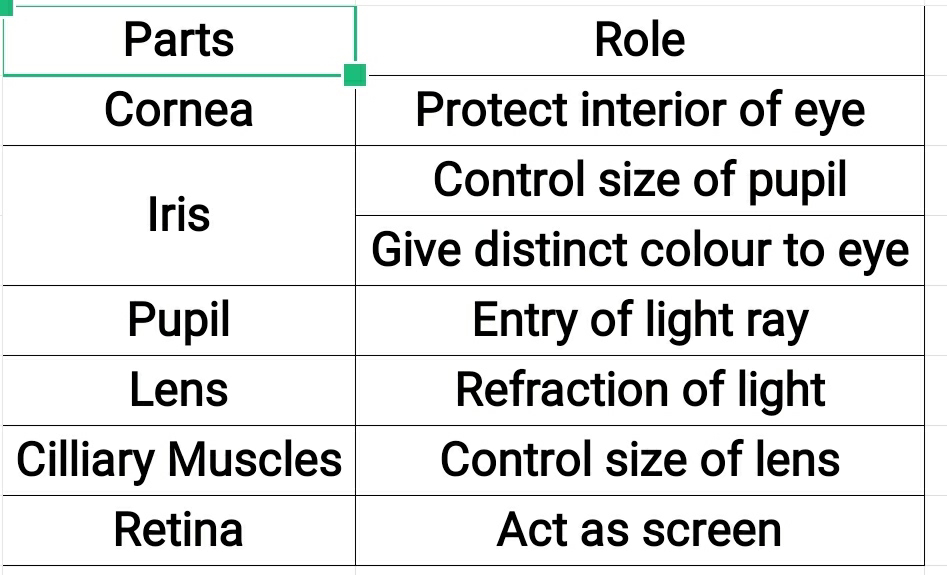Weather, Climate and Adaptation of Animals to Climate NCERT Science Class 7 Chapter 7 Summary
Weather
Temperature, rainfall, humidity, wind speed etc., of a place at a time is weather of that place.
Elements of weather
Temperature
Humidity
Rainfall
Wind speed etc.
The weather of a place changes day after day and week after week.
Maximum-Minimum thermometer
Thermometer used to measure temperature of atmosphere, is called maximum-minimum thermometer.
The maximum temperature of the day - in afternoon.
The minimum temperature of the day- in early morning.
All changes in the weather are caused by the sun.
Climate
The average weather pattern taken over a long time is called climate of the place.
Types of climate
Hot and dry
Hot and wet
Cold and dry
Cold and wet
Adaptation
Change in organism to cope changing environment, is called adaptation.
Polar regions
These regions are covered with snow.
Climate- Very cold.
Day- 6months, Night-6months
Temperature- as low as -37°C.
Animals present- Polar bear, penguin etc.
Adaptation of polar bear
(i) Two thick layers of fur - Keep body warm.
(ii) A layer of fat under skin - insulate body, keep body warm.
(iii) Long curved and sharp claws- help to walk
(iv) Strong sense of smell - help to locate and catch prey.
(v) White fur- Predator and prey unable to see it.
Tropical Rainforest
Location- Around the equator
Climate- Hot and humid
Supporting climate ---> Large number and variety of animals ---> Intense competition for food and shelter
Adaptation of red-eyed frog
Sticky pads on feet - help to climb trees
Adaptation of monkeys
Long tail - grasp branch
Adaptation of Toucan
Long large beak - reach fruits on branches
Adaptation of Big cats
Thick skin
Sensitive hearing
Adaptation of Lion tailed macaque
Silver white mane - threaten predator
Adaptation of elephant
Trunk- smell food, pick up food
Tusk- tear bark of trees
Large ears - listen soft sounds, body cooler


Comments
Post a Comment